The ILS is best at helping to improve:
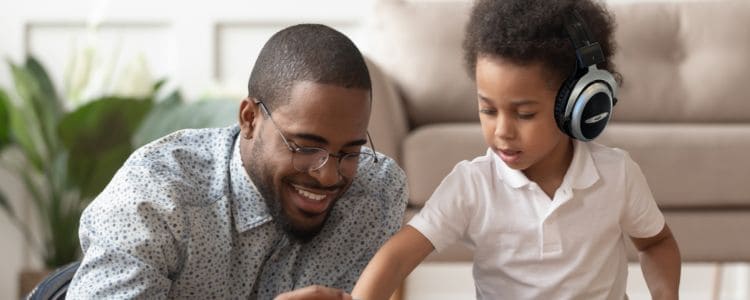
Learning and developmental differences
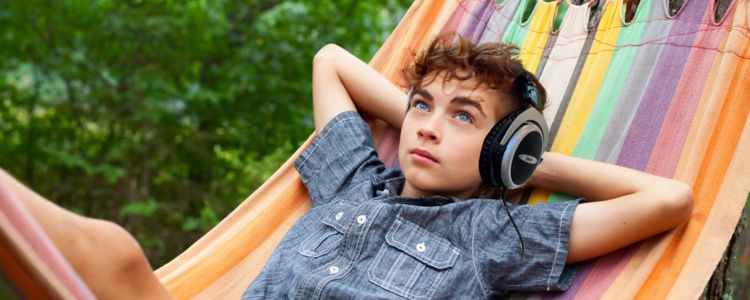
Executive function, memory and communication
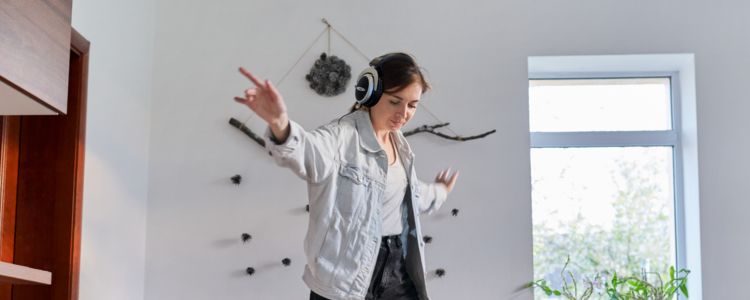
Sensory and motor challenges (coordination, balance, and motor planning)

Neurological injury or illness (brain injury, stroke, or memory loss)
Limited-Time Offer: To Be Loved
For a limited time, get an annual ILS subscription, 1/2 price training, an exclusive invitation to a heartfelt live discussion with Dr. Frank Anderson and a copy of his latest must-read book, To Be Loved!
How does the ILS work?
The ILS creates an experience that activates multiple sensory systems to create and strengthen neural connections and networks, harnessing the power of neuroplasticity.
Just like with physical activity, specific, simultaneous and repeated multisensory stimulation gradually trains the brain and body to process and respond to multisensory input more effectively through improved organization, leading to improved function in the world.
The ILS provides multisensory input through filtered classical music, delivered via air- and bone-conduction headphones and movement activities. The ILS activities are fun and can easily be customized for all ages and skill levels.
The Integrated Listening System includes the following programs:
- 10-hour Calming Program
- 60-hour Sensory & Motor Program
- 40-hour Concentration & Attention Program
- 40-hour Reading & Auditory Processing Program
- Two 24-hour Optimal Performance Programs
Who benefits?
The ILS helps improve brain-body skills for individuals across the lifespan with a variety of challenges, including:
- Dynamic balance, proprioception
- Auditory and visual processing
- Gross and fine motor coordination
- Memory, attention, and concentration
- Emotional regulation
- Reading and auditory processing
What does an ILS session look like?

ILS sessions involve listening to specially treated music through air- and bone-conduction headphones while participating in movement activities using the ILS Integration Kit. This provides auditory input to the brain and sensory input to the body.
Cognitive activities that are added later challenge the brain to process multiple pieces of simultaneous information, which is reflective of the demands required of the brain in our day-to-day world. The activities start very simple and become more challenging as skills improve. Activity selection is guided by an ILS Provider and often takes place with a partner (which may be a parent, a caregiver, a sibling, or the ILS Provider).
Sessions are designed to be fun and enjoyable, and can be delivered in-clinic, at home, or a combination of both.
The ILS can be seamlessly integrated with other discipline-specific interventions and modalities, such as occupational therapy, speech therapy, ADHD coaching, autism specialties, physical therapy, psychology/counseling, and sports coaching, to enhance outcomes.
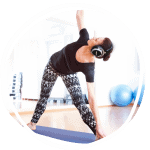
What this means for your clients:

Improvement in memory, attention, and concentration, leading to better academic outcomes like reading comprehension

An increased ability to self-monitor and regulate emotions and behavior

Improvements in motor coordination and planning, and sensory processing

Functional skill develops that improves participation in everyday activities
Accelerate Client Outcomes with the Integrated Listening System
Together, clinical trials and real-world evidence create a powerful and holistic evidence base for Unyte programs.
Real-world evidence. Real change.
Discover the science behind the transformative power of the ILS. Explore real-world case studies demonstrating the wide-ranging impacts of nervous system regulation.
View all case studies →
Clinical Trials
The ILS’ effectiveness has been demonstrated in a range of studies, including research supporting children with a variety of neurodevelopmental, learning and sensory differences.
View all research →
Deliver from almost anywhere to anyone with the Unyte app.
Help more clients — easily and seamlessly
The ILS is delivered through a user-friendly app-based platform, compatible with Android and iOS devices.
Delivered either in-clinic or at home, clients experience the ILS through air- and bone-conduction headphones via the Unyte app. Providers have full control, and can manage client access, deliver listening sessions and monitor progress through MyUnyte.

“I highly recommend the [Integrated Listening System] to speech-language pathologists and every other type of therapist. It truly is a highly effective, fun and pleasant therapy. It has changed my life as well as many of the lives of my clients.”
— Janell Schicker, M.A., CCC-SLP

MyUnyte and Unyte App
Easily set up each individual client’s program, manage, track and report on listening sessions, administer intake forms and assessments, and access a library of resources and training via MyUnyte.
Clients are able to access and download assigned programs and easily manage their listening directly from the app on their phone.

Air and Bone Conduction Headphones, Amp and Integration Kit
Special air and bone conduction headphones with amplifier provide auditory input to the brain and sensory input to the body.
The Integration Kit includes a balance board, bean bags, balls and more, while the online Activity Library provides instructional videos and printable client guides to easily bring it all together.

Unyte Resources and Community
We’re here to support you! Webinars, technical and clinical support, resource articles, online communities, and more are available to all ILS Providers as part of your subscription.
Watch Now
On-Demand Webinar: Exploring the ILS: Nurturing Neuroplasticity
Designed to create the potential for transformative change in the skills needed for everyday tasks, the ILS offers benefits for all ages and families.
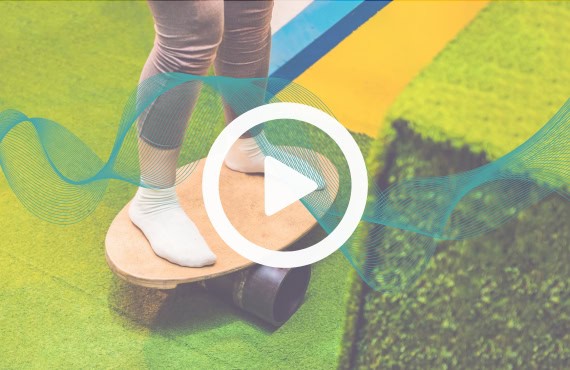
In this on-demand webinar, we discuss the science behind the ILS, how providers have integrated it into their practice and ongoing support available to all ILS providers.
You must be a qualified professional to deliver the ILS. ILS Training and Certification covers both the theory and practical application of the ILS. Once certified, a subscription is required to deliver the ILS to your clients.
We’re Here To Help!
Discover how the Integrated Listening System can create lasting change for your clients.




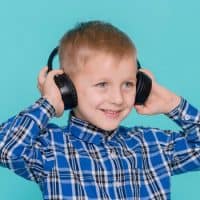
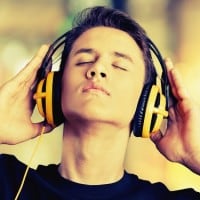

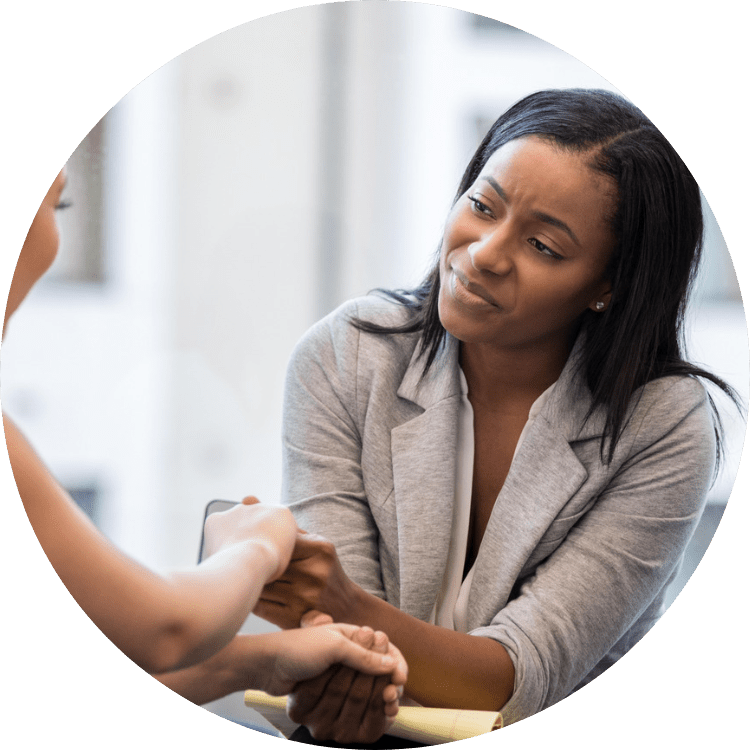
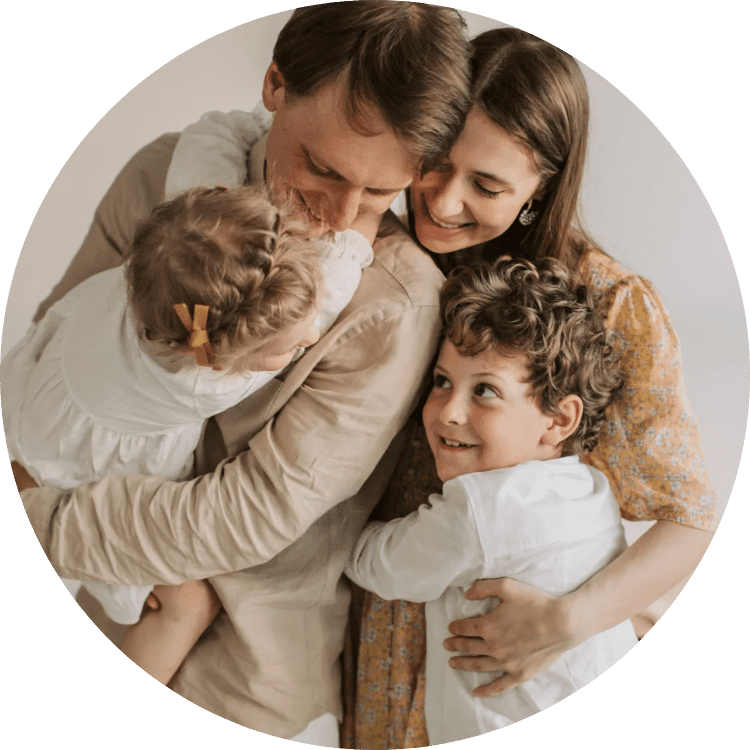

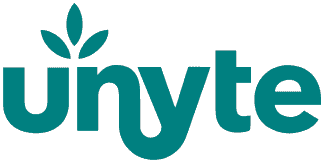 © 2024 Unyte Health US Inc.
© 2024 Unyte Health US Inc.